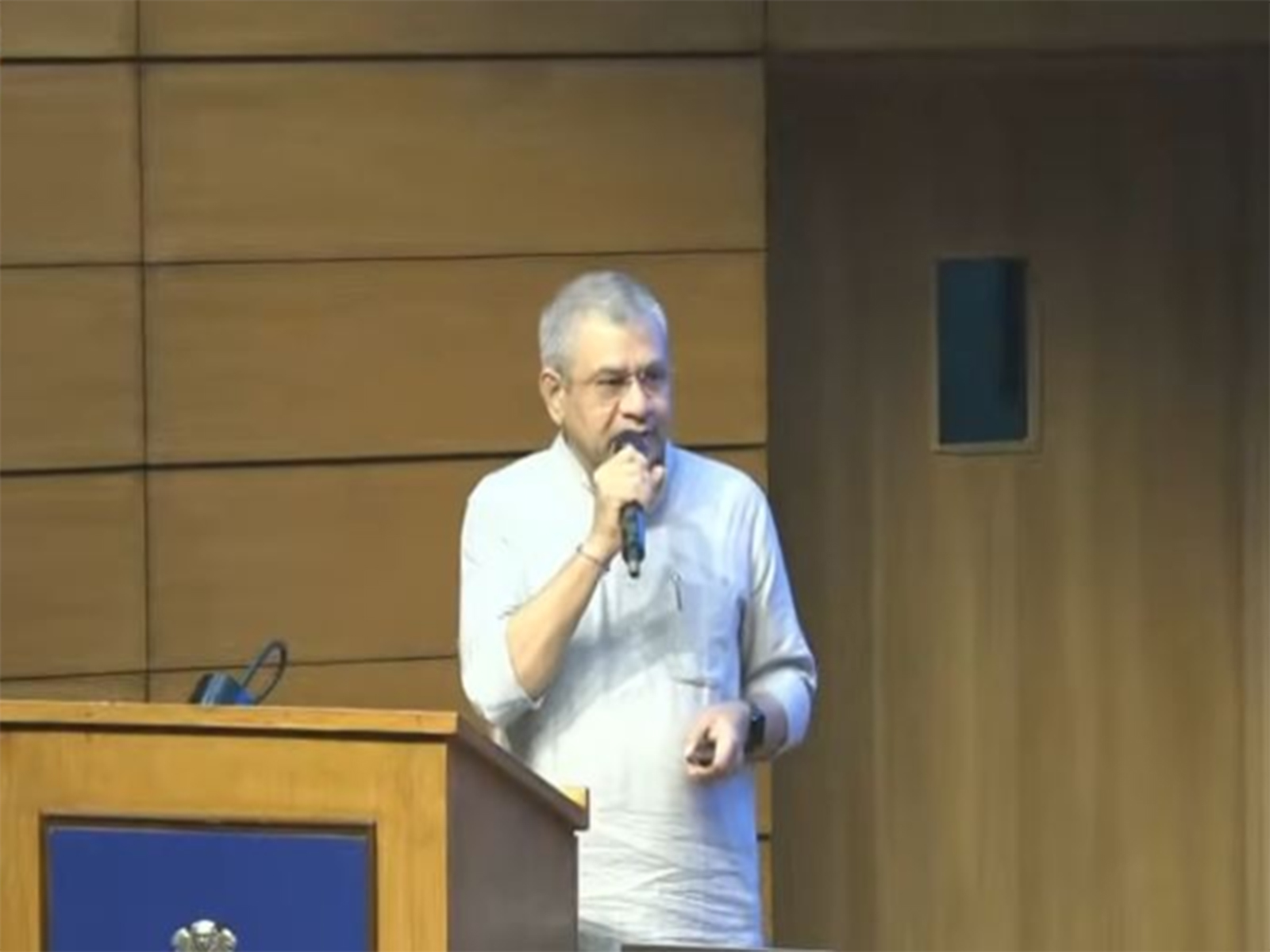Zurich [Switzerland ], July 17 (ANI): Most influenza viruses enter human or animal cells via specialised routes on their surfaces. Researchers at the University of Zurich have revealed that certain human and avian influenza viruses may infect cells via a second entrance mechanism, an immune system protein complex.
This ability helps the viruses infect different species – and potentially jump between animals and humans.
The majority of type A influenza viruses found in birds and pigs do not pose a health concern to people. However, the viruses might represent a problem if there is an outbreak, such as the one presently occurring in dairy cattle in the United States, or during seasonal epidemics. In rare situations, a virus can spread from animals to people, potentially causing a worldwide pandemic.
Most influenza viruses enter host cells by using their envelope proteins, which stand up from the surface like spikes. The so-called hemagglutinin binds to sialic acid, a chemical group on the surface of human cells and the cells of various animal species. An international research team led by Professor Silke Stertz from the Institute of Medical Virology at the University of Zurich (UZH) has now shown that flu viruses also have a second method to infect host cells. “Human influenza A viruses of subtype H2N2 and related H2N2 avian influenza viruses can enter cells through a second receptor. They use an alternative entry pathway,” says Stertz.
The researchers found that hemagglutinin also binds to MHC class II protein complexes. These complexes on the surface of certain immune and respiratory cells are responsible for differentiating between the body’s own cells and foreign cells. “We found that MHC class II complexes in humans, pigs, ducks, swans and chickens allow viruses to enter cells, but not those in bats,” says Stertz.
This dual ability to infect cells was observed in lab-grown cell lines and human airway cultures. How well the viral receptor fits onto the cell surface structures plays a crucial part in determining which host species and tissues are infected and ultimately how severe the infection will be. Receptor specificity also influences whether a virus is able to infect different animal species or even humans (zoonosis). “Our finding shows that influenza viruses can adapt to use different entry pathways. This might influence their ability to infect different species and potentially jump between animals and humans,” emphasizes the UZH virologist.
The risk that avian, swine and other animal influenza viruses could trigger a flu pandemic in humans may thus be greater than previously assumed. The ability to use MHC class II proteins for cell entry could have been one of the reasons why H2N2 influenza viruses emerged as a pandemic virus in Asia back in 1957. This is another good reason to step up global influenza surveillance in both animals and humans. (ANI)
Disclaimer: This story is auto-generated from a syndicated feed of ANI; only the image & headline may have been reworked by News Services Division of World News Network Inc Ltd and Palghar News and Pune News and World News
HINDI, MARATHI, GUJARATI, TAMIL, TELUGU, BENGALI, KANNADA, ORIYA, PUNJABI, URDU, MALAYALAM
For more details and packages
















